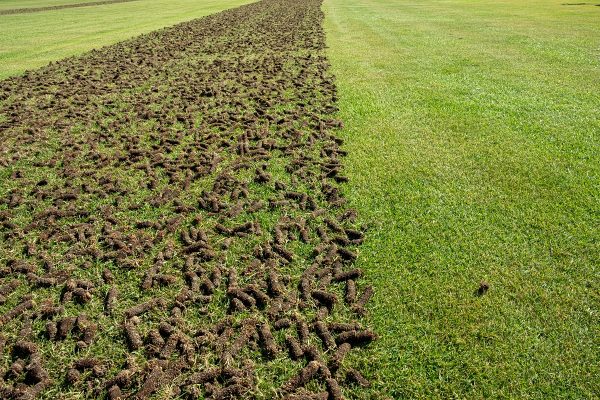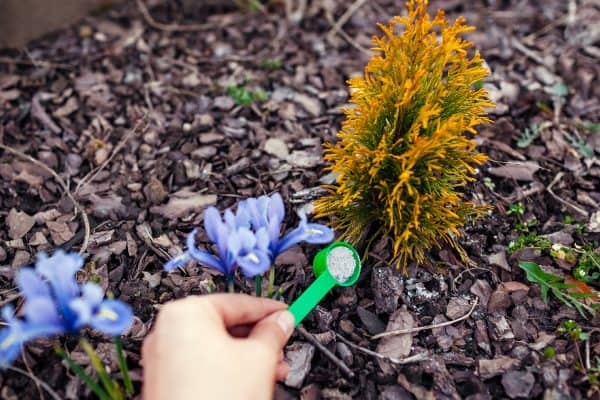Bone meal is an organic fertilizer that is made up of crushed bones. It is a great source of phosphorus and calcium, which are essential for plants. Bone meal can be used to fertilize peonies and helps promote blooming. Luckily, we have done more research to learn more about peonies so you'll soon know how much, how often, and the application methods to use bone meal for your peonies for the best results.
Bone meal is an excellent source of phosphorus, and applying it to your peony bed in early spring can give your plants a boost. As a general rule, you should apply 1/4 to 1/2 cups per square foot of bone meal for peonies. Be sure to work the bone meal into the top 6-8 inches of soil, and water thoroughly afterward.
In this blog post, we will discuss how to use bone meal on peonies, how much to use, and when to apply it. We will also share some tips on growing healthy peonies!
![Petunia plantation in the botanical garden growing different types of flowers among the trees on a sunny summer day, garden farming spring background, nobody.- Bone Meal For Peonies [How To, How Much, And When]Petunia plantation in the botanical garden gr](https://landscapingbase.com/wp-content/uploads/2022/09/Petunia-plantation-in-the-botanical-garden-growing-different-types-of-flowers-among-the-trees-on-a-sunny-summer-day-garden-farming-spring-background.png)
What Is Bone Meal and What Are Its Benefits for Peonies?
Bone meal is a natural fertilizer made from grinding up bones. It's an excellent source of phosphorus and calcium, two nutrients that are essential for plant growth. Bone meal also contains small amounts of nitrogen, potassium, and other minerals.
Like all plants, peonies need a nutrient-rich environment in order to thrive. This is where a bone meal comes in. Peonies are heavy feeders that benefit from regular applications of bone meal. The phosphorus in bone meal helps to promote root growth, while the calcium helps to strengthen the plants' cell walls.
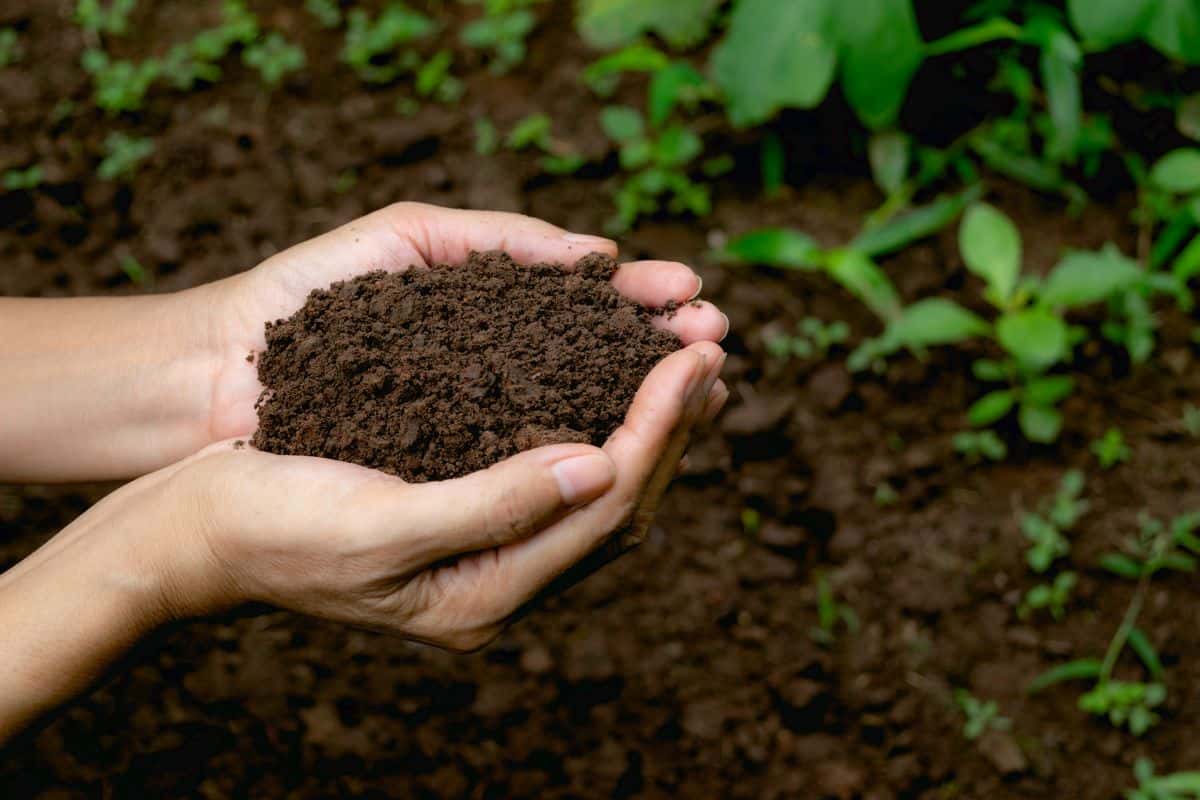
As a gardener, you know that healthy plants need fertilization. However, you may not be familiar with a bone meal as a fertilizer. Here are five benefits of using bone meal to fertilize your peonies:
- Bone meal is an excellent source of phosphorus. This essential nutrient helps plants to develop strong roots and produce beautiful blooms.
- Bone meal also contains calcium, which is beneficial for both plants and soil. Calcium helps to improve soil structure and prevents compaction. It also strengthens plant cell walls, resulting in healthier plants.
- Bone meal releases nutrients slowly, so it won't burn your plants as some other fertilizers can. This gradual release means that the nutrients will be available to your plants when they need them most.
- Bone meal is an organic fertilizer, so it's safe for both people and the environment.
- Finally, bone meal is relatively inexpensive and easy to find. You can purchase it at most garden centers or online.
If you're looking for a fertilizer that will improve the health and appearance of your peonies, bone meal is a great option!
How to Fertilize Your Peonies With Bone Meal?
Peonies are a stunning addition to any garden, with their large, showy blooms and sweet fragrance. However, these beautiful flowers can be finicky, and they need just the right amount of nutrients to thrive. One way to give your peonies the nutrients they need is to fertilize them with bone meal.

Here are six steps to fertilize your peonies with a bone meal:
- Plan to apply bone meal to your peony beds in early spring, before the plants start to grow.
- Spread a layer of bone meal over the soil, using about ½-cup per 10 square feet.
- Work the bone meal into the top few inches of soil with a rake or hoe. Try to work on it for six to 12 inches.
- Water the area thoroughly after applying bone meal. A bone meal is slow-acting, so it's best to apply it several weeks before you plan to fertilize your peonies with other products.
- Feed your peonies twice during the growing season: once in early summer and again in mid-summer. Bone meal can be applied around the base of the plant or mixed into the soil in a wide band, following package directions.
- Peonies don't need much nitrogen, so it's best to use a balanced fertilizer or one that's low in nitrogen when you feed them during the growing season. Apply fertilizer according to package directions, and water thoroughly after applying it.
With regular care, your peonies should bloom beautifully for many years to come!
How Much Bone Meal to Use for Fertilizing Peonies?
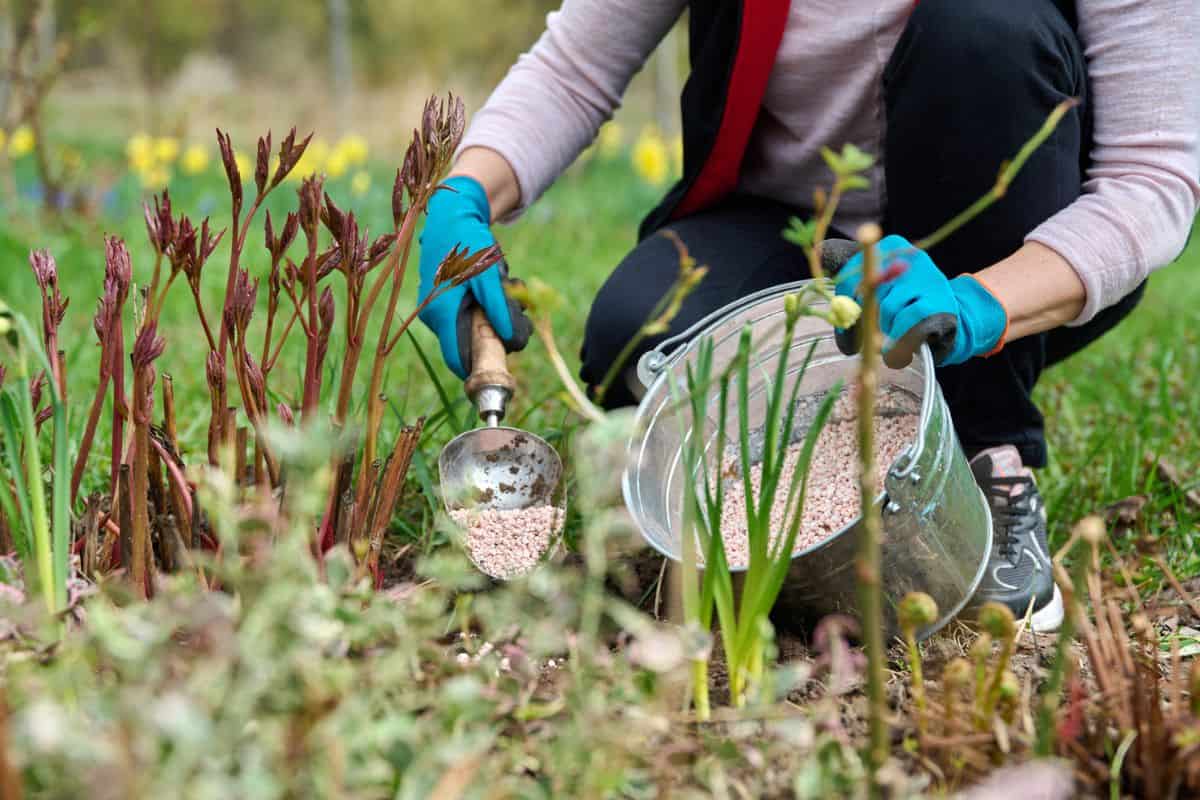
Peonies are beloved by gardeners for their large, showy flowers and stylish foliage. However, these beautiful plants can be finicky, and they need just the right amount of nutrients to thrive.
When it comes to fertilizing peonies, bone meal is often recommended. This natural product is rich in phosphorus, which is essential for strong root growth. Peonies are heavy feeders, so they need a lot of phosphorus to produce beautiful blooms.
As a general rule of thumb, apply 1/2-cup of bone meal per square foot of planting area. Be sure to work the fertilizer into the soil around the roots of the plant, taking care not to damage the roots.
With a little patience and care, your peonies will soon be putting on a stunning display.
When to Fertilize Your Peonies With Bone Meal?
The best time to fertilize your peonies with a bone meal is early in the spring before the plants start to bloom. This will give the nutrients time to be absorbed into the roots before the plant begins to put its energy into flower production.
Bone meal is an excellent source of phosphorus and calcium, both of which are essential for healthy growth. In addition, it can help to encourage vigorous root growth, resulting in a stronger plant that is better able to withstand pests and disease.
What are Other Fertilizers for Peonies?
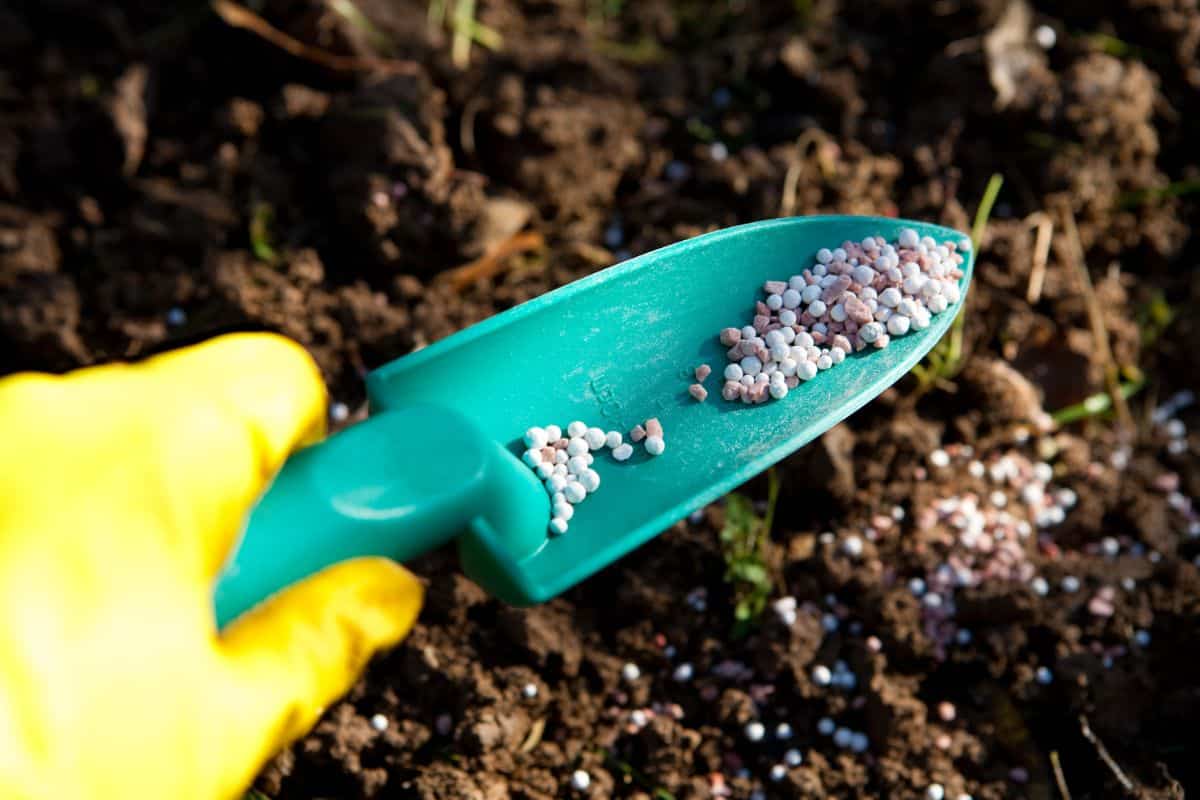
Beyond the typical fertilizers, other options are available to keep your peonies healthy. For example, alfalfa meal is high in nitrogen, which helps promote leaf growth, and bone meal is a good source of phosphorus, which encourages strong root growth.
You can also use compost to fertilize your peonies. Compost is a great option because it provides a slow release of nutrients throughout the growing season.
To make your own compost, mix equal parts of green (nitrogen-rich) and brown (carbon-rich) organic matter, such as grass clippings and dead leaves. Once you have your compost, apply it around the base of your peonies in early spring. As always, be sure to follow the instructions on any fertilizer you use, as too much fertilizer can damage your plants.
With a little care and attention, you can keep your peonies looking their best all season long!
Why You Must Add Peonies to Your Landscape?
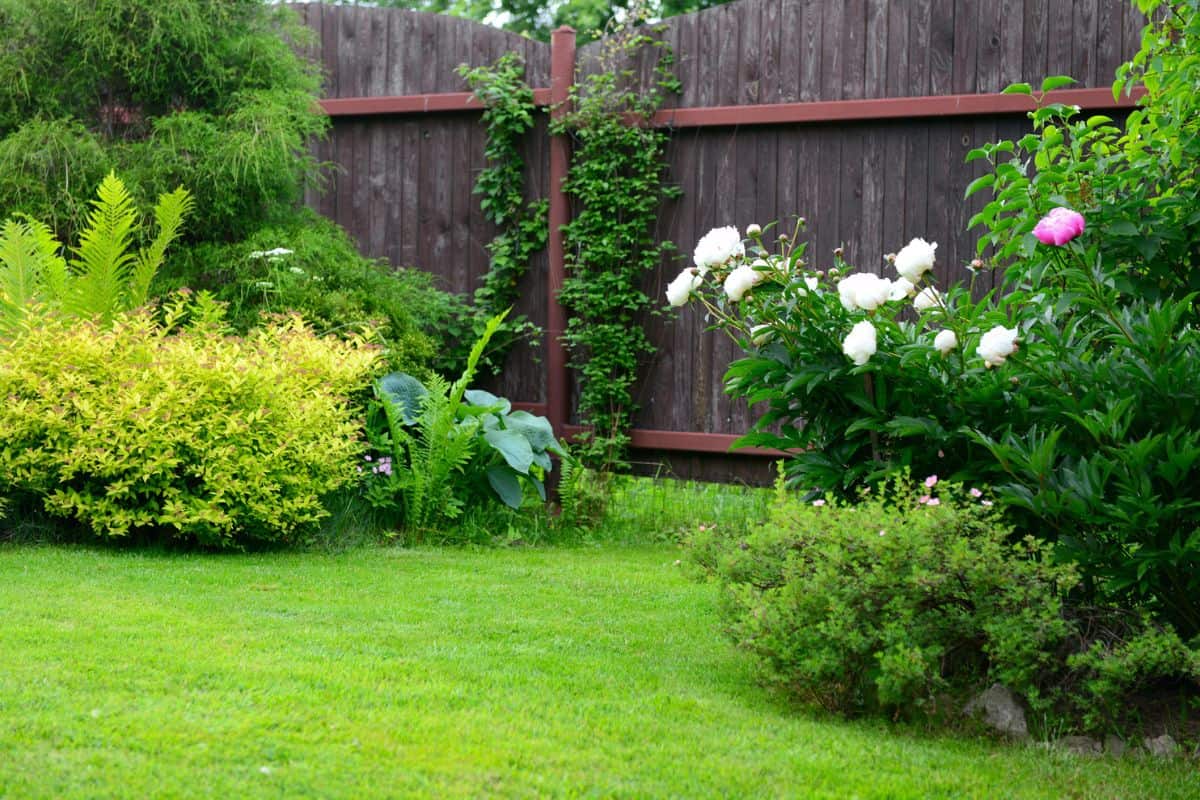
Peonies are a classic garden favorite and for good reason! These showy flowers come in a wide range of colors, and their large blooms make a dramatic impact on the landscape. Peonies are also relatively easy to care for, and they are resistant to many common diseases. Here are five more reasons to add peonies to your landscape:
- Peonies are long-lived plants. With proper care, they can thrive for many years.
- Peonies attract pollinators such as bees and butterflies to your garden.
- Peonies can be used in cut flower arrangements.
- The foliage of peonies is attractive, even when the flowers are not in bloom.
- Peonies are available in a variety of colors, including white, pink, red, and yellow.
Final Words
Bone meal is a great organic fertilizer for peonies and can be used to improve blooming, increase flower production, and make the plants healthier. Simply follow the tips above and try it on your own
To learn more ideas on styling and keeping your landscape healthier, see our posts below:


